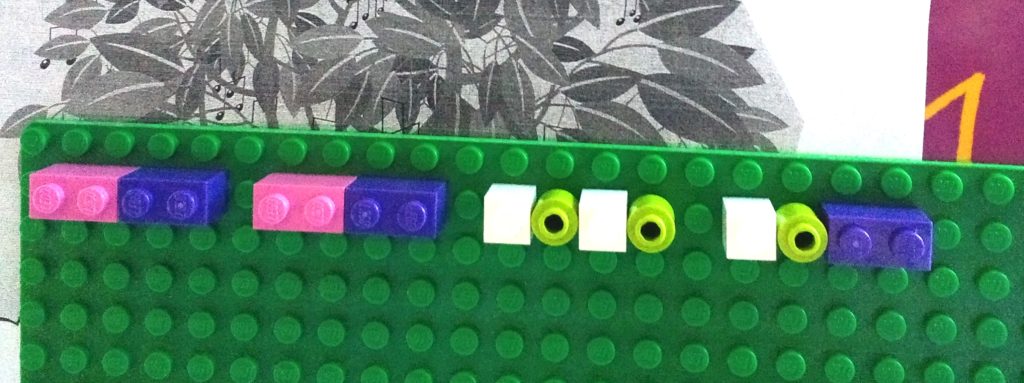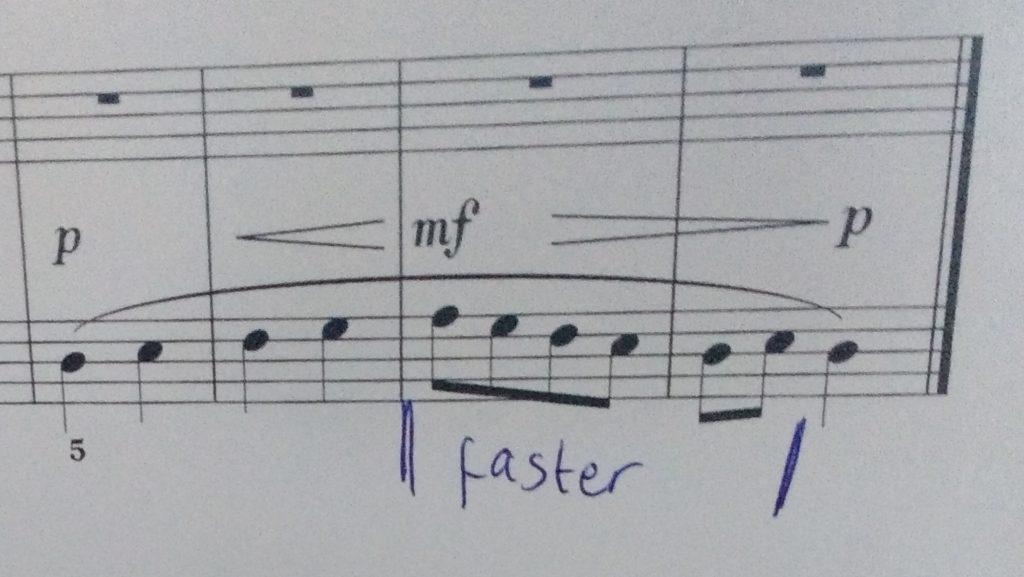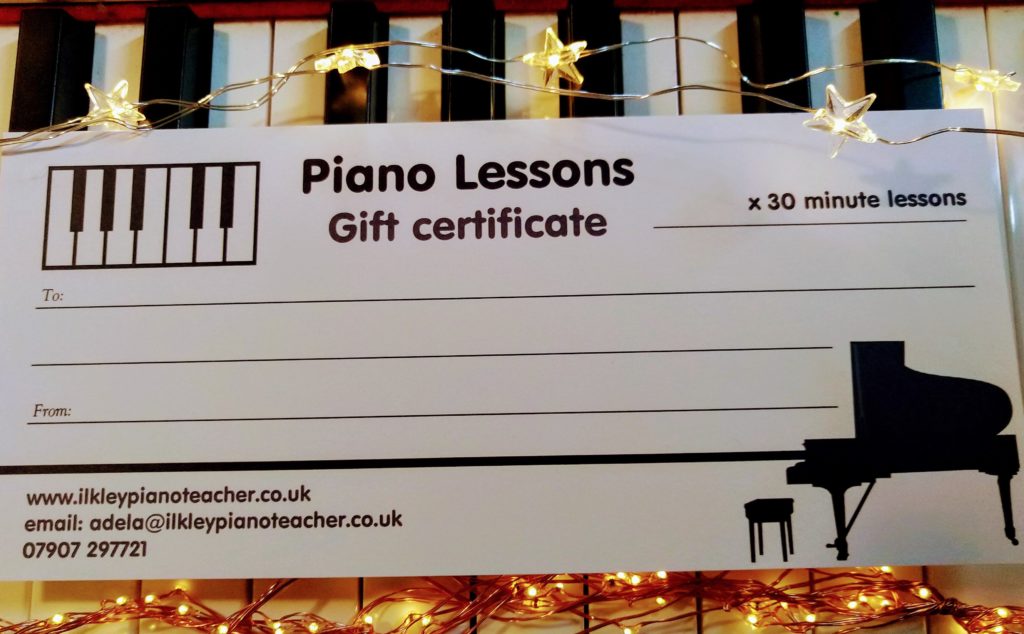
For a gift that could really last a lifetime, a Piano Lesson Gift Voucher is the perfect present for the person in your life who always wished they could play the piano. Get in touch for details!


For a gift that could really last a lifetime, a Piano Lesson Gift Voucher is the perfect present for the person in your life who always wished they could play the piano. Get in touch for details!
The sun is just burning away the mist on what is promised to be summer’s finale today, before autumn settles in next week. Nothing exudes those hazy, lazy days when “the livin’ is easy” more than Summertime, from the Gershwin opera Porgy and Bess. It has been one of my favourite songs for over 20 years, since I first got the sheet music for it. And with a new production opening in New York this weekend, the opera (or is it a musical?) remains as controversial and relevant as ever.
The lyrics of this lullaby are as beautiful as the melody; I used to sing it to my children when they wouldn’t sleep (“Hush little baby, don’t you cry”) and even now it feels to me like it was written especially for them (“One of these mornings, you’re gonna rise up singing, and you’ll spread your wings and you’ll take to the sky”).
I love this piano arrangement of Summertime by The Pianos of Cha’n, and have lately become a little obsessed with playing it, even with an ugly page turn and the occasional wrong notes ?
Enjoy the sun and the last blast of summer today. ☀️
I never make students learn something they don’t want to, and my lessons are very student-led. This early beginner wanted to learn to play Shut Up And Dance With Me (by Walk The Moon) ? so we figured out a way of playing the right notes on the keyboard by using sticky-notes with the lyrics on. Then we had a go at writing the notes onto some manuscript paper so she could take it home to practise. The result was a very engaged learner and a funky little duet to play for mum when she came to pick up. ? And look at those little fingers stretching to the keys ??
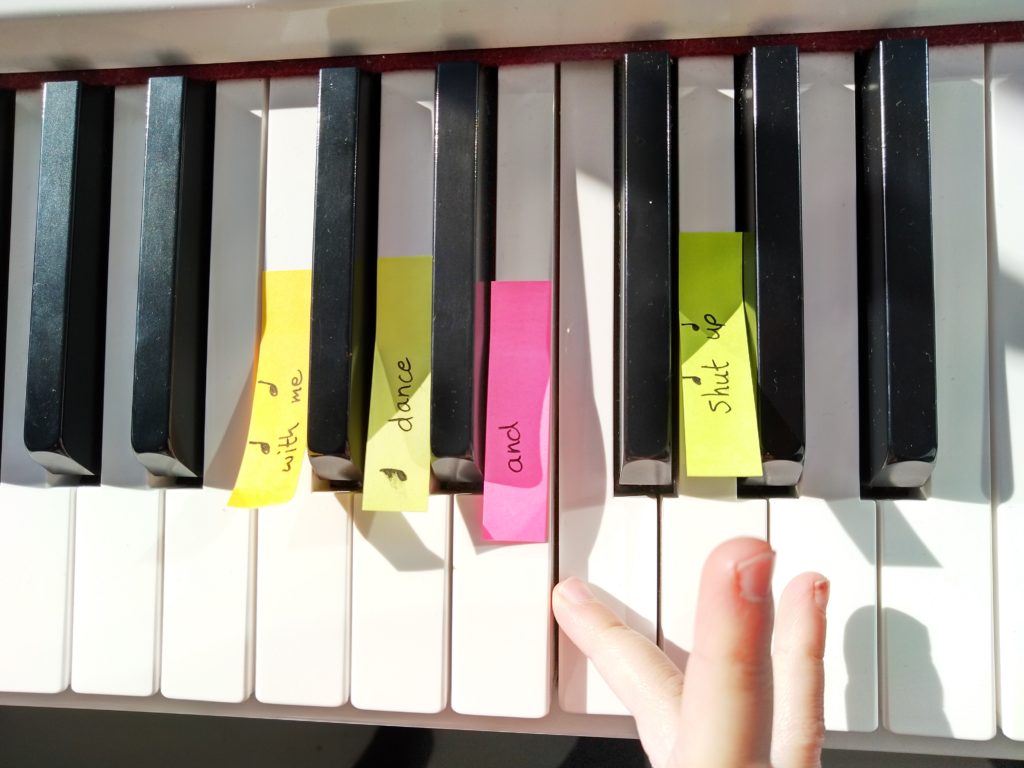
Big welcome to new students this week, and welcome back to returning students! Don’t worry, I haven’t done much practice over the summer either, but I’m totally thinking that eating chocolate with Mozart’s head on should count ?
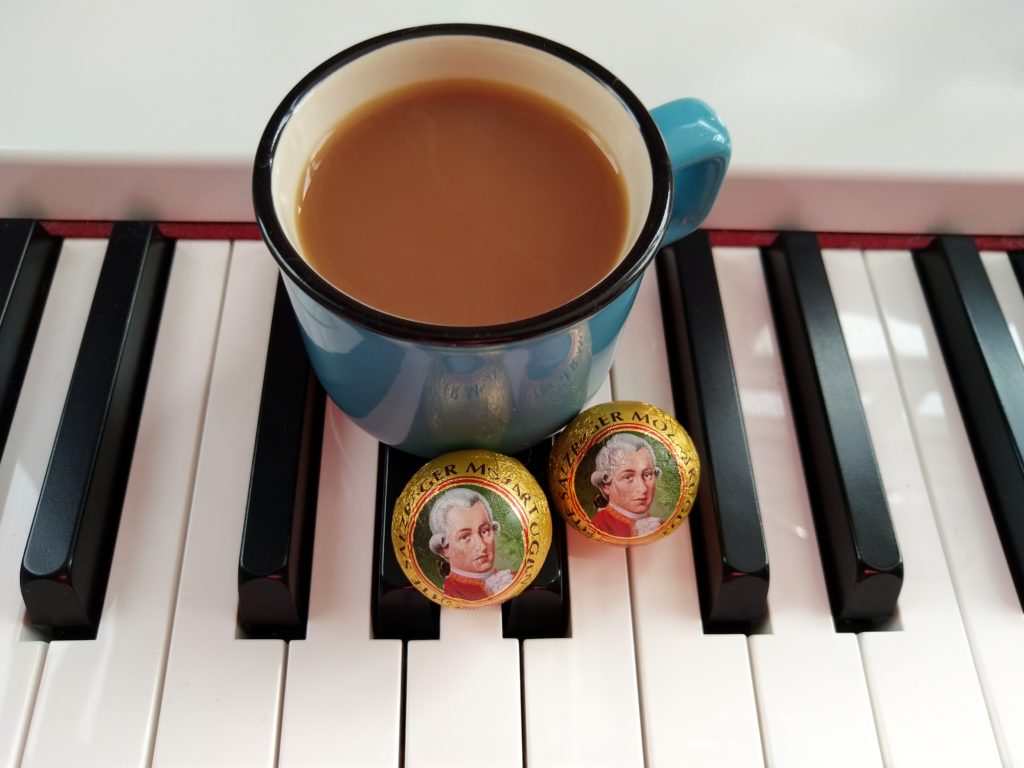
Playing the piano enhances multi-tasking and split concentration
We ask a lot of ourselves when we play the piano: using two hands and all ten fingers independently of each other whilst navigating 88 identical little black and white keys; reading music on two staves (that’s the dots on the lines – treble and bass clef); using three pedals with two feet; using one pair of eyes to watch both the music and hands; using one pair of ears to listen to all the different melodies, dynamics, timing and phrasing that is going on. Our brains have to be taught do to all this and, ultimately, are working in overdrive to achieve it. The brain’s logical, creative, visual and emotional functions are therefore given a massive workout and are developed and fine-tuned.
Great for playing the piano, but how does all this benefit us away from piano playing? Well, all that split concentration stimulates and exercises various parts of the brain, (check out the image below from www.pianu.com), most significantly the prefrontal cortex which plays a major role in decision-making, problem-solving and social behaviour. It also means that piano players are seriously good multitask-ers. Our brains can concentrate on several things at once, we can deal with distractions and interruptions, it enables us to cope when there is chaos going on around us.
Learning to play the piano can turn brains into better functioning machines.

sources:
https://www.mic.com/articles/91329/science-shows-how-piano-players-brains-are-actually-different-from-everybody-elses
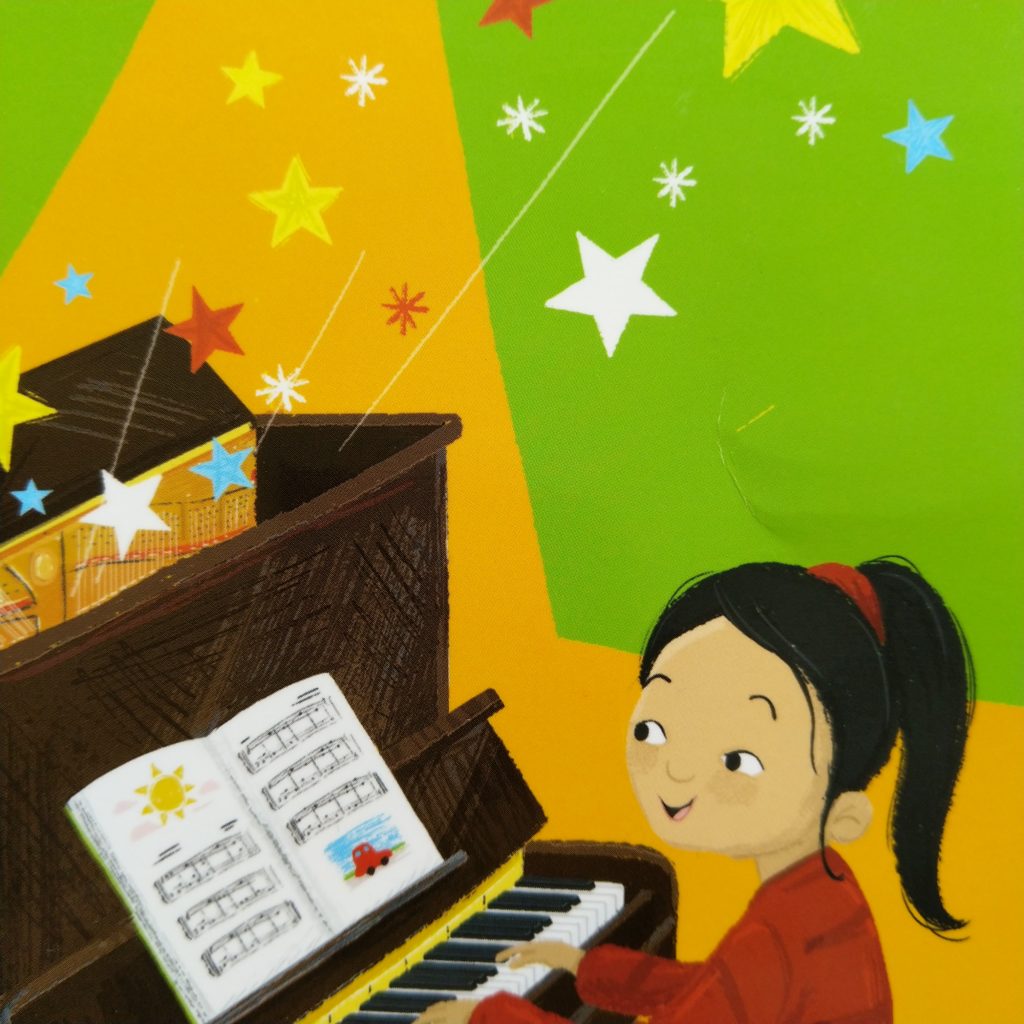
The end of term is fast approaching and I’m already planning my timetable for September. If you think you might want lessons please get in touch ASAP as places are filling up!
Before we are even born, we hear rhythms. The first beat we hear is of course, our mother’s heartbeat in the womb. As new born babies we tune in to the rhythms and sounds of the languages being spoken around us. Nursery rhymes, sung to babies and toddlers for centuries with their repetition, catchy rhythms and rhyming words, help children to develop language skills.
The linguist in me LOVES using words and phrases to help build knowledge and understanding of rhythm in music. And of course, it’s got to be fun! As a food-based example, a basic “Crotchet Soup” helps to identify the number of beats (or syllables) in a word and involves collecting the things with the right number of beats together to fill a pot. A “Rhythm Shopping List” requires a student to choose the items whose rhythm (when spoken out loud) matches the rhythms written down on the shopping list (which can be as easy or as difficult as necessary).
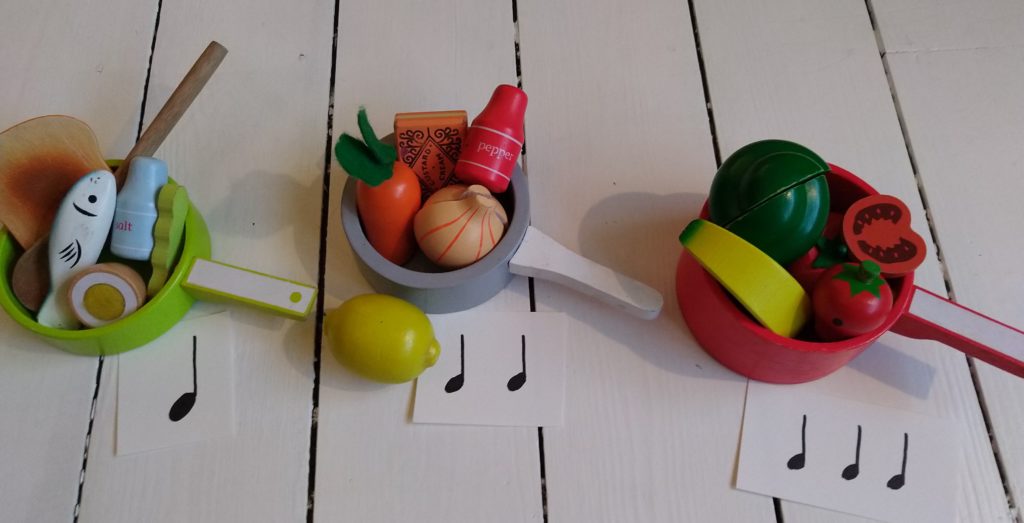
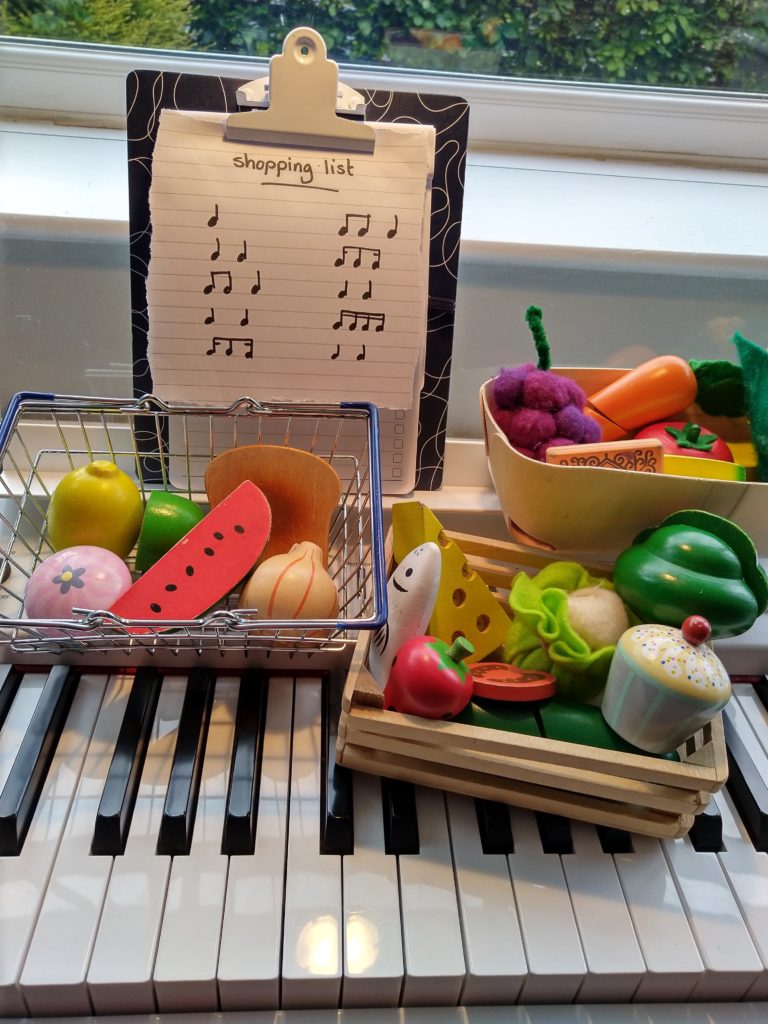
And of course, my favourite – Nice Cup Of Tea, when said out loud in a natural way (not like a robot!), can be used perfectly to demonstrate a polyrhythm of triplets against duplets. When played out on the piano between two hands, these kinds of rhythms can be hard to do. But if we add words or a phrase to help us grasp the rhythm, it gets loads easier. Chopin has a whole Nocturne with this rhythm, and they’re all over Debussy and in the jazz standards.
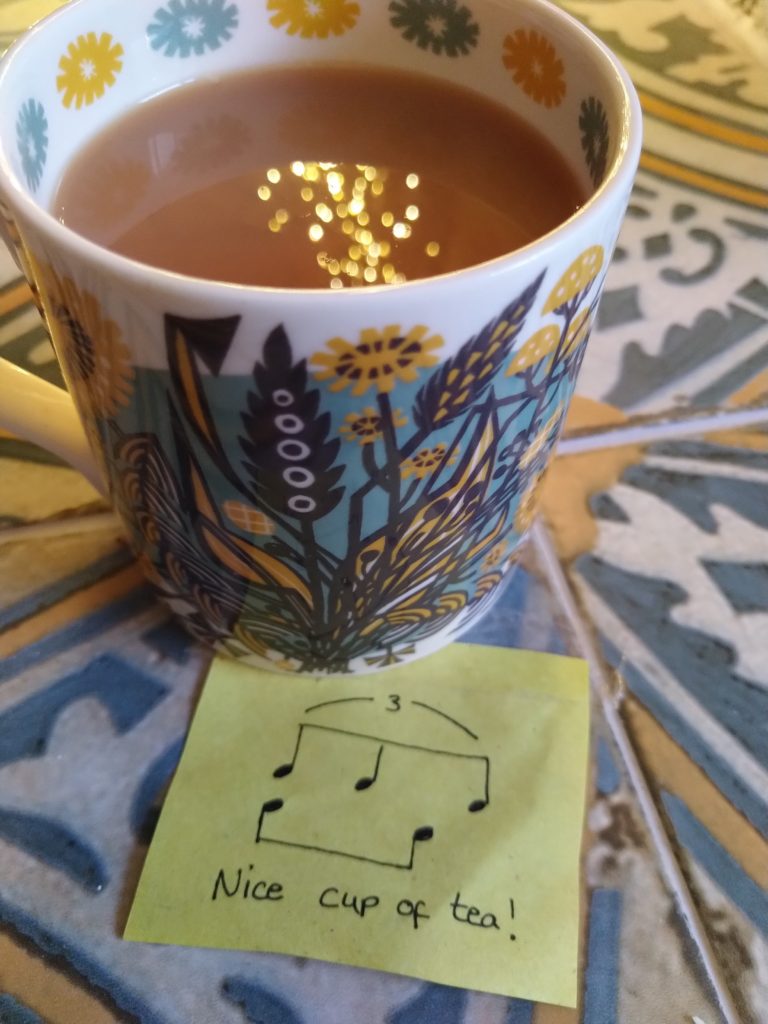
We’re born with an innate ability to acquire language, and our natural understanding of the rhythms of our language can help us immensely in our ability to play and understand music too.
Playing the piano soothes the soul.
Music has a unique effect on us and can be an effective stress-management tool. The physical act of playing an instrument, the cognitive functions involved in learning a piece, and the auditory stimulation of hearing music can have a huge impact on our mental wellbeing and emotional health. Here’s why…
Learning an instrument or a new piece of music requires a focussed mind, and a focussed mind is one that is not wandering and worrying about other stuff. A bit like meditation. A pianist has to concentrate really, really hard: concentrate on the score in front of them, on the keyboard, on what their hands are doing, on what their feet are doing if they’re using pedals. When parents come in to collect their child from a lesson they often tiptoe in and whisper because the level of focus and concentration in the room is almost palpable, and no one wants to break a spell like that!
Playing a piece well known, when the fingers remember what they’re supposed to be doing almost by themselves, can be wonderfully cathartic. Playing music allows us to indulge our emotions and moods and whatever we choose is an entirely personal choice. I remember as a child playing the same song over and over and over again when my Grandpa died, and I would cry when I played it (the piece itself had no relevance, but the music and the lyrics of the song hit a chord). Music can be a way for children (and adults) to express themselves somehow when they don’t know any other way of doing it.
Certain types of music (particularly classical) can slow the heart rate, thereby lowering blood pressure and decreasing the levels of stress hormone in the body. And here’s something really amazing – studies show that the heartbeats of singers in a choir actually synchronise with each other whilst they’re singing! Imagine the effect of a sing-song round the piano!
So go ahead. Play the piano. Learn a new piece. Play an old piece. Indulge your emotions. Soothe your soul.
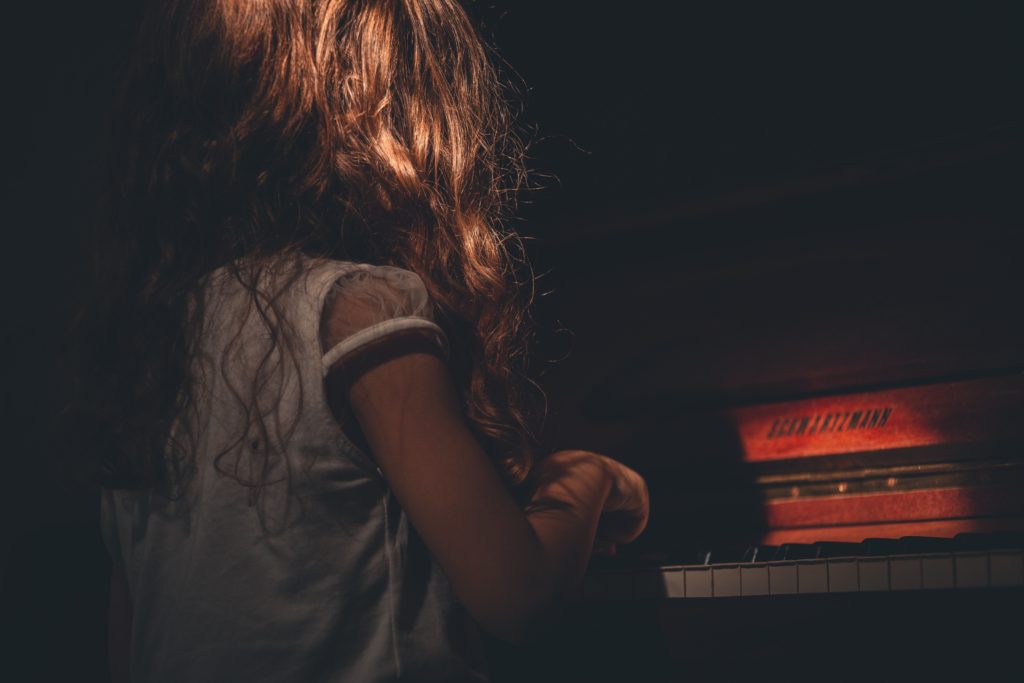
Sources: https://psychcentral.com/lib/the-power-of-music-to-reduce-stress/
https://www.the-scientist.com/the-nutshell/choir-singers-synchronize-heartbeats-39045
It’s been a cold, wet week! Having a little bumble boogie to warm up and hoping the sun and bees make an appearance this weekend…
As piano pieces get more complex so, of course, do the rhythms. Quavers, semi-quavers, dotted-notes and rests all start making appearances in pieces of music as students progress through the initial stages of learning the piano. I love using things that I have around the house to engage learners and help them understand what’s going on in music in different ways. Creating rhythms out of lego bricks can be really beneficial in understanding and working out how rhythms are put together according to the number of beats in a bar.
Visualising rhythm through colour, brick length, and shape, and physically building those rhythms with our own hands, can suddenly make sense of all the black dots and tails on a page. It’s a great way for kinaesthetic and visual learners (that is, learners who like to “do” and learners who learn through “seeing”) to grasp the way that rhythms are built up.
